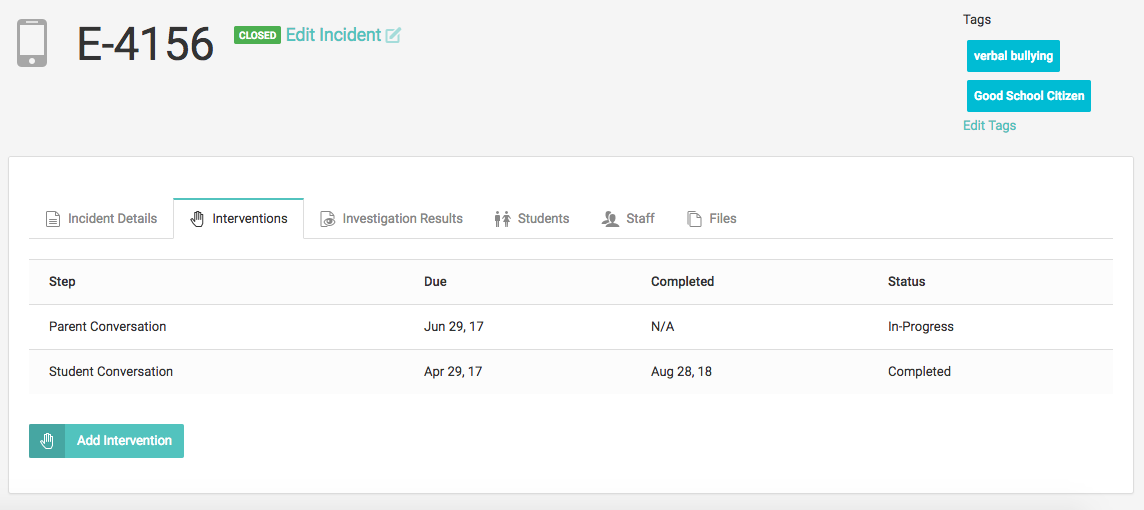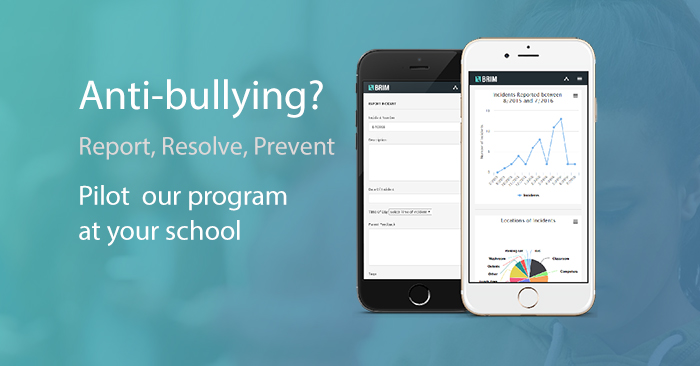Seth’s Law (AB 9) aims at strengthening existing state anti-bullying laws to help protect California public school students. Like many other state legislation enactments, Seth’s Law requires public schools in California to update their anti-bullying policies and programs. The law focuses on protecting students who are bullied based on who they are. Their sexual orientation, gender identity as well as race, ethnicity, nationality, disability, and religion among others.
Background of Seth’s Law
Seth’s Law was named after Seth, a 13-year-old California student that tragically took his own life in 2010 after years of persistent anti-gay bullying. The bill was first filed with the Secretary of State in 2011 and has been accepted and amended several times since.
Discrimination Policy for California Schools
Seth’s Law requires each school district to include an enumerated list of the bases on which discrimination, harassment, intimidation, and bullying are prohibited under existing law as part of their non-discrimination policy. These bases of discrimination include acts discriminating against perceived sexual orientation, gender, gender identity expression, race or ethnicity, nationality, religion, disability, or association with a person or group with one or more of these actual or perceived characteristics.
Independent research shows that students feel safer at school when their school policy specifically prohibits discrimination or harassment. Such district-level policies also help staff in directing their school and community because they have a set of policies to fall back on. Equally important to a strong district policy is a procedure for addressing discrimination and harassment complaints. School districts must identify two or more school personnel on each campus who are knowledgeable about the policy and able to assist students with discrimination and harassment complaints. School staff must refer involved students to counseling as appropriate.
Key Points in New Legislation
We have summarized the key points in the legislation that we believe will have an important impact on school and district processes. Please refer to the original bill text for exact wording and interpretation.
- School personnel that witness an act of discrimination, harassment, intimidation, or bullying, shall take immediate steps to intervene when safe to do so.
- Schools must establish a timeline to investigate and resolve reported complaints
- Schools must publish anti-discrimination, anti-harassment, anti-intimidation, and anti-bullying policies adopted pursuant to subdivision
- Publish a reporting procedure to file a complaint.
- Schools must maintain documentation of complaints and their resolution for a minimum of one review cycle.
- Ensured that complainants are protected from retaliation (anonymous reporting)
Reporting and Investigation Procedure in Seth’s Law
AB 9 requires school districts have a written procedure for filing complaints related to discrimination and harassment. Like many other states, the bill also requires an investigation process after the complaint is filed. The investigation must be done expeditiously so that a resolution may be reached quickly. A clearly documented procedure for receiving and responding to incidents insures compliance with this part of the bill. An electronic system like BRIM insures that all incidents are documented and addressed within a quick period of time. Such a system stores all reports electronically for easy documentation and access in the future should an incident need to be re-reviewed.
An intervention log like the one shown above clearly lists all action steps taken to investigate and resolve an incident. Having a central place to store all documentation is critical to thorough investigation and follow-up for all incidents.
Seth’s Law Professional Development
AB 9 further requires school districts to bolster existing professional development curricula for teachers, school counselors, and administrators. The bill promotes curriculum programs on identifying and stopping discrimination and harassment with the ultimate goal of creating a school-wide culture of inclusion and respect.




